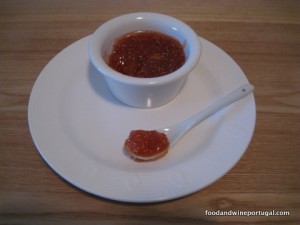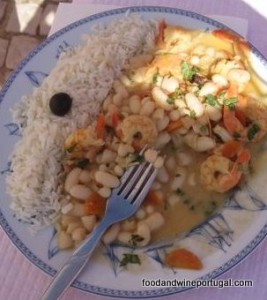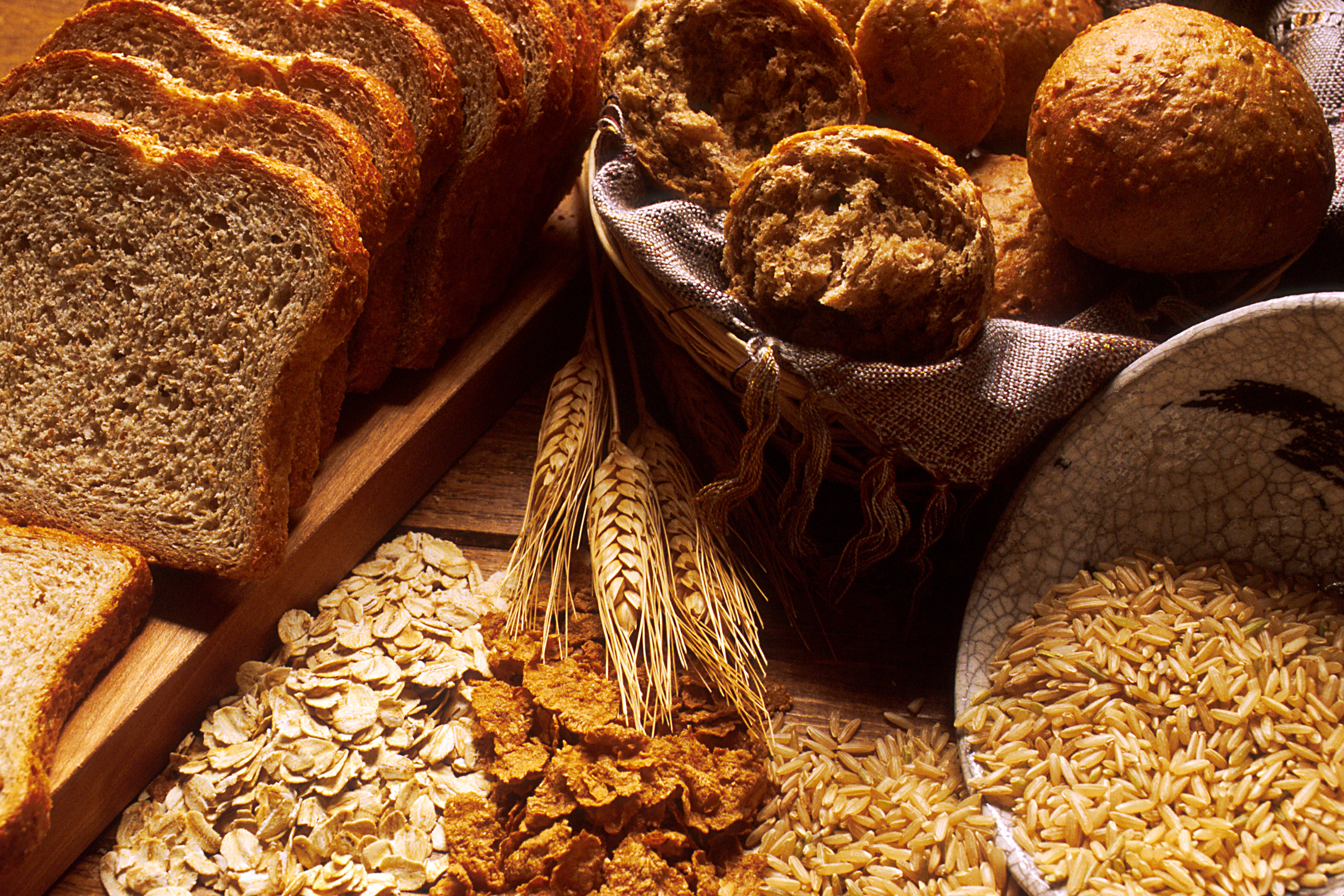The A to Z of Portuguese Food – Part 2

D is for Doce
Doce in Portuguese means ‘sweet’ but it’s also the name for jam. One of the great parts of our move to Portugal is the fact that we now have time to make our own jams, pickles and preserves. My mother’s orchard provides plentiful fruit and so far we have made delicious jams with peaches, yellow plums and purple plums.
My favourite of our jam creations so far has to be fig jam, which we made when our neighbours surprised us with a huge plateful of figs. The figs were ripe to bursting, oozing sticky sweetness. They produced enough for two huge jars, which not only tasted delicious but looked pretty too, with the delicate little seeds suspended in the deep, rich red jam.
The range of jams in Portugal is huge. My favourite is pumpkin jam with walnuts – super sweet but with lovely crunchy walnut pieces in it. The supermarket jam shelf always has a range of marmalada as well – a kind of set jam without any bits. It tends to be quite intensely flavoured and I particularly recommend the raspberry one, which turns morning toast into an absolute delight.
E is for Espetada
Espetadas come in many shapes and forms. They are kebabs cooked over a hot grill with meat, fish or a combination of both.
In the Algarve, a common offering in touristy restaurants is espetada de tamboril com camarões – a giant skewer of bacon-wrapped monkfish chunks and giant prawns, which is usually brought to the table on its own stand and looks so impressive that most other diners instantly regret not choosing it for their own meals.
Espetadas are commonly found in restaurants in Madeira as well as in mainland Portugal. Chunks of beef are threaded onto either a metal skewer or a bay twig, which imparts some wonderful flavour to the chargrilled meat. They are served on a stand and you can help yourself a chunk at a time.
F is for Feijoada
Feijoada is a bean stew, regional variations of which can be found across Portugal. Early Portuguese explorers took the recipe with them across the world with the result that feijoada is now considered by many to be the national dish of Brazil.
In addition to the beans, feijoada can contain pretty much anything. My first taste of it was an octopus feijoada in the pretty village of Santa Luzia, which is known as the octopus capital of the Algarve. The light, creamy beans blended beautifully with the chunks of soft, succulent octopus and with the first mouthful I became an instant feijoada convert.
The best feijoada I’ve tried to date was a delightfully velvety version packed with pork, chouriço and other tasty bits and pieces at Casa Algarvia in the fishing village of Cabanas.
Feijoada is a perfect winter’s dish – delicious, filling and, as with many traditional Portuguese meals, very cheap to make. It’s next on my list of Portuguese food that I’m going to attempt to create at home – I’ll let you know how I get on!
Image credit: Fotopedia





